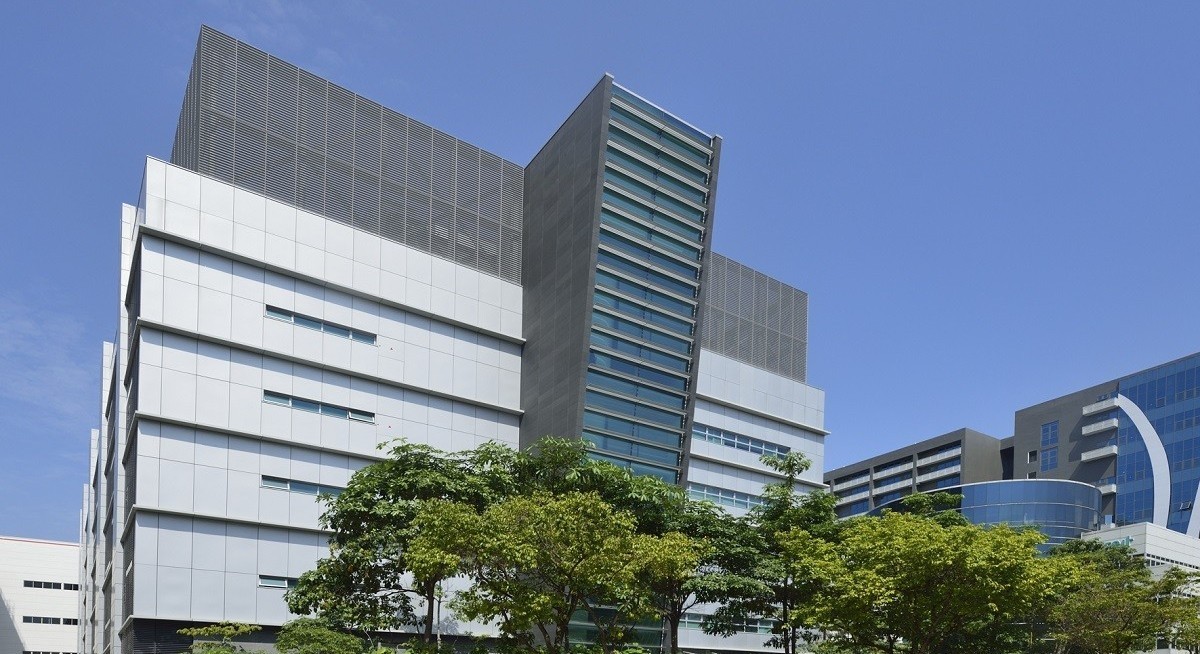Their target price of US$1.20 ($1.57) is 20% above its IPO price of US$1. Units in NTT DC REIT sank to a low of 92 US cents in August, before climbing in mid-September. After notching a high of US$1.06 in October, NTT DC REIT units have returned to US$1 as at Nov 4. Lai and Tan are the first to have formal coverage of this counter.
NTT DC REIT is a pure-play data centre REIT with an initial portfolio comprising six co-location data centres with an appraised value of US$1.57 billion as at end-2024. Three of the assets are in Northern California, US (CA1-3), one in Northern Virginia, US (VA2), one in Vienna, Austria (VIE1) and one in Singapore (SG1).
The properties are freehold, save for SG1, which is a leasehold property with an initial lease term until August 2040, and an option to extend for a further 30-year term until 2070.
Assets need enhancement
See also: Morgan Stanley declares the end of the US recession and eyes early-cycle gains in 2026
The DBS analysts highlight an often-overlooked point about NTT DC REIT’s assets: its initial portfolio has an average Power Usage Effectiveness (PUE) of around 1.34, which is “significantly lower” than the global average of 1.56.
PUE measures the energy efficiency of a data centre. A lower PUE implies that the assets can serve the same customer capacity requirements more cost-effectively, leading to higher operational margins, say Lai and Tan.
At NTT DC REIT, the PUE of each individual property ranges from 1.24 to 1.53, with the newest asset having a lower PUE, while older assets have a slightly higher PUE.
See also: Top STI gainer DFI Retail lays down higher earnings targets, dividend payout
With an average portfolio age of 12 years, VIE1 is the newest property, only constructed in 2023. All the remaining five properties, which were constructed between 2001 and 2015, have undergone refurbishment over the past 15 months.
According to DBS, future asset enhancement initiatives (AEI) will help improve power efficiency and margins from these six data centres.
As an example, the AEI at CA1 to replace the Uninterruptible Power Supply system in 2023 led to a 9 percentage point (ppt) increase in the property’s power efficiency to approximately 97%, leading to a 280 megawatt-hour (MWh) reduction in energy consumption in FY2023/FY2024, write Lai and Tan.
CA2 has been identified as the next property with potential to undergo similar AEIs, reducing energy consumption intensity and improving earnings. NTT DC REIT has a March 31 financial year-end.
‘Healthy’ occupancy, Wale
Still, Lai and Tan like NTT DC REIT’s “healthy” occupancy rate and weighted average lease expiry, noting that the initial portfolio has an occupancy rate of 94.3%, which enables revenue growth by leasing out vacant spaces.
The portfolio’s relatively long Wale of 4.8 years, secured by high-credit-rated global enterprises, also ensures income stability in the near term, say the analysts. “NTT and related entities account for 11.8% of NTT DC REIT’s base rents, and these leases are expected to be rolled over as they come due.”
For more stories about where money flows, click here for Capital Section
They also like NTT DC REIT’s “well-balanced breakdown” of co-location and hyperscale leases. Hyperscale leases make up 51.0% of the REIT’s base rents, while co-location leases account for the remaining 49.0%.
“Hyperscale tenants typically have larger and longer leases, anchoring the portfolio with a long Wale and attracting co-location customers. Co-location leases, on the other hand, provide tenant base diversification and usually command higher rents with built-in escalations,” say the analysts.
The typically shorter lease terms also allow NTT DC REIT to capitalise on rising rents during lease renewals, they add.
Approximately 74.6% of contracts in the initial portfolio have fixed escalations, averaging 3.3%, and 3.0% of contracts have CPI-linked escalations. NTT DC REIT has no lease expiries exceeding 20% of its monthly base rent in any of the next five financial years.
No loans due for three years
NTT DC REIT currently has a “healthy” gearing ratio of 35.0%, with some US$131.1 million of debt headroom before leverage increases to 40%. Its debt comprises 45% Euro-denominated loans, 30% of US dollar-denominated loans and 25% Singapore dollar-denominated loans. The all-in interest cost is 4.4%, with about 70% of loans hedged to fixed rates.
“Looking ahead, expectations of further interest rate cuts will provide a downward bias on borrowing costs in the near-to medium-term,” say Lai and Tan.
NTT DC REIT is projected to deliver a distribution per unit (DPU) CAGR of some 5% over the next two years. Rents in Northern California have been increasing rapidly, and rents at the CA1-3 properties are significantly below current market rents. Hyperscale rents have been on the rise in Northern Virginia and Vienna, while co-location rents in Singapore have also considerably increased, say the DBS analysts.
Moreover, co-location leases within NTT DC REIT’s portfolio have a built-in annual rental escalation ranging from 1.5% to 7.0%. “Specifically, much of the earnings growth in the near-term is projected to come from the CA1-3 properties as the anchor tenant increases utilisation over the next two years,” say the DBS analysts.




